
Elida
gamer level 8
34786 xp
34786 xp
followers
43
43
Use my invite URL to register (this will give me kudos)
https://boardgaming.com/register/?invited_by=elida
profile badges




recent achievements

Gold Supporter
Show your support for boardgaming.com by purchasing a total of 70 Gems
Show your support for boardgaming.com by purchasing a total of 70 Gems

Watchtower
Follow a total of 40 other gamers.
Follow a total of 40 other gamers.

Reporter
Earn Reporter XP to level up by completing Reporter Quests!
Earn Reporter XP to level up by completing Reporter Quests!

I'm Completely Obsessed
Play a specific game 50 times
Play a specific game 50 times
Player Stats
Critic (lvl 3)
1326 xp
1326 xp
Explorer (lvl 5)
6147 xp
6147 xp
Professor (lvl 3)
945 xp
945 xp
Reporter (lvl 4)
1953 xp
1953 xp
About Me
I mostly play historical games, like Colosseum, Vikings, Ave Caesar and others! :D
But on general I am pretty much prepared to try just about anything people throw at me. I love exploring new games, new strategies and new themes.




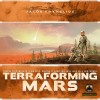







































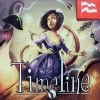



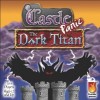









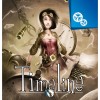
























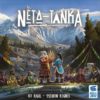





































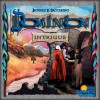






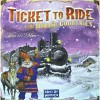

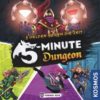


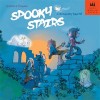
















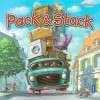
































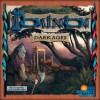





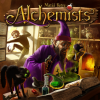






















































Jetpack Joyride
This is a puzzle game that makes you find a trail through four rooms, collecting money, and possibly finishing missions. It`s my suspicion that it is inspired by a video game.
You play a man with a jetpack trying to fly through some rooms. Along the way there are obstacles to avoid, and there are some scientists there. So you need to navigate through the rooms. To mark it off you have polyominoes tiles to lay down on your sheets, to show where you go. Some gadgets may help you along the way, but you have your work cut out for you. The game ends after three rounds.
This is a fun little game with a good real time presence. In multiplayer you are fighting others to finish the road, but as a solo gamer, you only fight to get as many VP at the end as possible. And this review will be based on solo plays.
As a big solo gamer, I brought this game into my collection around New Year`s Eve. First the retail, then the Deluxe version. In the solo mode you have to remove from the start two of each shape tiles, and then you need to remove the mission and gadget cards. After that you remove the tiles used from one play to the next, until you have played the three rounds. Then you tally up the VP from money you gathered and missions you finished, and gadgets giving you some extra VP.
You can feel the real time, when you try to avoid the obstacles, and you want to finish missions, or get those coins, and you try not to use too many tiles. In a solo game that will mess you totally over when you hit the third round. Till now I have ended not being able to finish room #4. I can see this on the table late at a gaming evening, or at a party, even with non-gamers. Rules are easy to learn. You choose one tile, put it on your sheets, one after another, so they follow all the way to the end, and then you score between rounds. If you choose one that you don`t find fitting, you simply put it back, and then choose another one, with a different shape. A thumb rule; you need to start with at least one square on the tile outside of the sheet, and end with at least one square on the tile outside. And the squares are easy to see on the tiles. With the Deluxe version there also comes a Solo Challenge book, where you find nice, little challenges if you don`t feel like playing the entire game. I won`t say it`s quick and easy, but it is very thought provoking, and you wring your brain to find that one and only solution it has (even if you will get the same result in different ways). It comes with the answers. They are still quite replayable, as long as you don`t have a photographic memory, because you can start over, and be just as stomped about the solutions.
Components are cute. I wish the room sheets had been tiles instead, because they are thin and slide a bit. The tiles are neat. I still fear breaking them, but I think it demands a bit in regular play. Even though you would think it would feel very samey, it will bring with it diversities to bring something new to each play. All four sheets of all four rooms are two sided, so there are so many different setups. There are also expansions, especially in Deluxe version, that will contribute to make the game new. One of the downsides are that you can only play it up till 4 players (though with Collector`s edition you can play with 6). It would have been fun to see this game being played with more people by the table to see the frantic race. But for me it`s important that there is a solo mode in the game, and it is tough! I haven`t scored all too well yet. I also love the fact that there are Solo Challenges, because I can set up the game while making dinner or doing something else, and go back and forth to it, trying to solve the puzzle.
This game can reach a big range of people. And it`s an easy game to explain at a party to bring up the mood, if need be. As a solo game it`s a nice wind down or start up game. It doesn`t demand much setup, especially if you have already sorted it out for solo play. And the box is fairly small, or you can bring only the necessary stuff in order to bring it along on vacation. And you don`t need much table space, so you can play it just about anywhere.
Although, as I write this it`s Covid time, and parties and travel is not in our immediate future. But sometime soon…I hope.